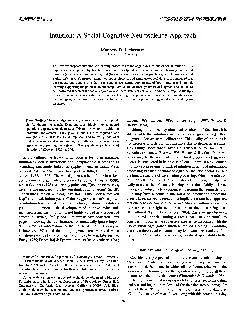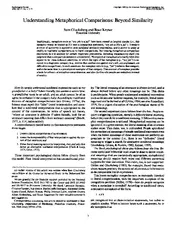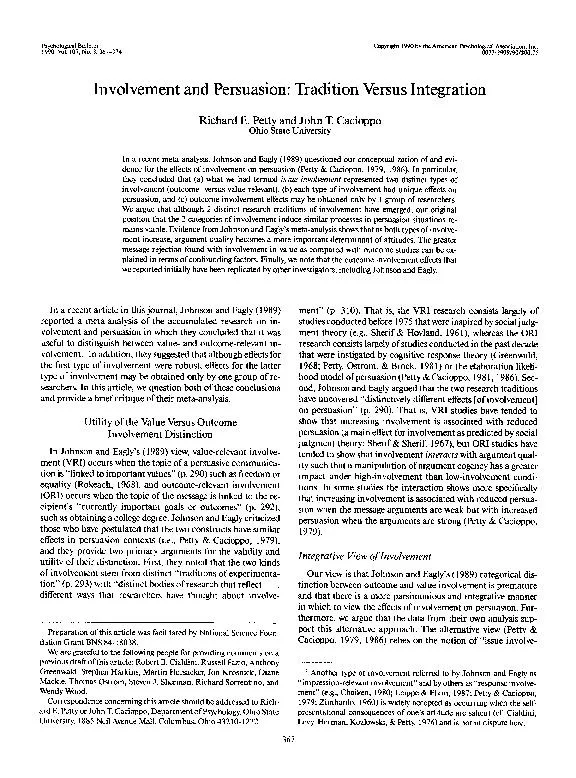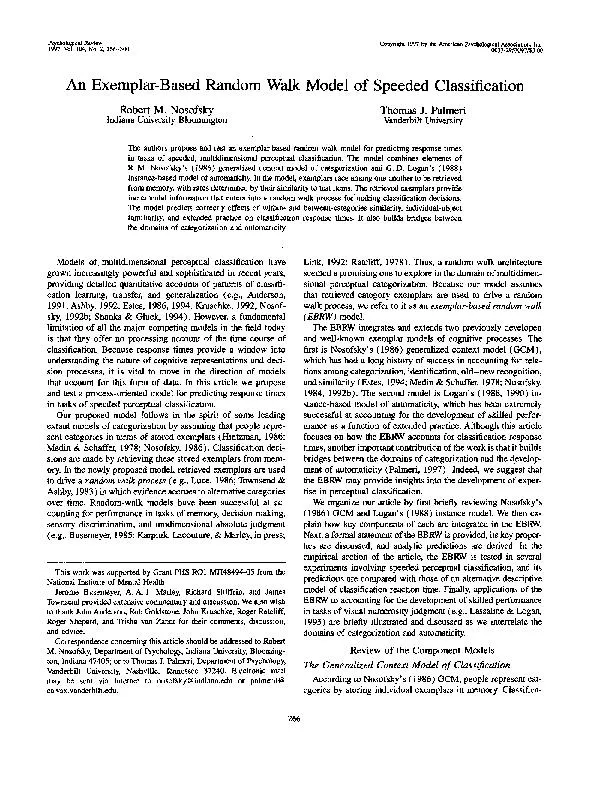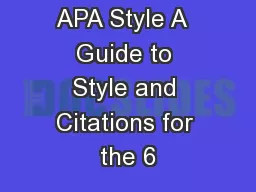PDF-Psychological Review Copyright by the American Psychological Association Inc
Author : tatiana-dople | Published Date : 2014-10-08
1996 Vol 103 No 4 650669 0033295X96300 Reasoning the Fast and Frugal Way Models of Bounded Rationality Gerd Gigerenzer and Daniel G Goldstein Max Planck Institute
Presentation Embed Code
Download Presentation
Download Presentation The PPT/PDF document "Psychological Review Copyright by the A..." is the property of its rightful owner. Permission is granted to download and print the materials on this website for personal, non-commercial use only, and to display it on your personal computer provided you do not modify the materials and that you retain all copyright notices contained in the materials. By downloading content from our website, you accept the terms of this agreement.
Psychological Review Copyright by the American Psychological Association Inc: Transcript
Download Rules Of Document
"Psychological Review Copyright by the American Psychological Association Inc"The content belongs to its owner. You may download and print it for personal use, without modification, and keep all copyright notices. By downloading, you agree to these terms.
Related Documents





